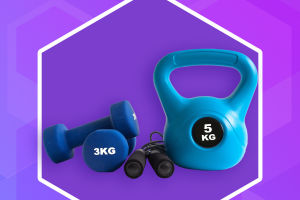Faucets, also known as taps, are essential valves that control the flow of water and allow us to stop it when needed.
The development of faucets has seen rapid advancements, ranging from the old cast iron process to the introduction of electroplating knob types, the innovation of stainless steel single-temperature single-control faucets, and the emergence of stainless steel dual-temperature dual-control faucets.
In addition, there has been the introduction of kitchen combination faucets, which have gained popularity in many households.
As consumers increasingly purchase faucets, they consider various factors such as material, function, and shape. The main raw materials used in faucet production are copper and zinc alloy.
Faucets can be classified into several categories based on different criteria:
Material: Faucets can be categorized into cast iron, all plastic, all copper, alloy, and other materials.
Function: Faucets can be classified into basin faucets, bathtub faucets, shower faucets, kitchen sink faucets, and more, depending on their specific purpose.
Structure: Faucets can be categorized as single, double, triple, and other types. They can also be further classified based on the number of handles.
Single-handle faucets can be connected to either the cold or hot water pipe, while double-handle faucets are designed to connect to both the cold and hot water pipes, commonly used in bathroom basins and kitchen sinks that require a hot water supply.
Triple-handle faucets, in addition to the cold and hot water pipes, can also be connected to a showerhead, primarily used for bathtub faucets. Single-handle faucets allow users to adjust the water temperature using a single handle, whereas double-handle faucets require separate adjustments of the cold and hot water pipes to achieve the desired temperature.
Opening Mechanism: Faucets can be classified based on their opening mechanisms, such as spiral, wrench, lift, and induction faucets. Spiral faucets require multiple rotations to open, wrench faucets typically rotate 90 degrees, lift faucets simply require lifting to start the flow of water, and induction faucets automatically dispense water when hands are placed under the faucet.
Additionally, there are delayed-closing faucets that continue to allow water to flow for a few seconds after the switch is turned off. This feature is particularly useful for rinsing off any dirt on your hands after turning off the faucet.
Valve Core: Faucets can be differentiated based on the type of valve core used, such as copper spool, ceramic spool, and stainless steel spool. The valve core is a critical component that affects the quality of the faucet. Faucets with copper spools are typically spiral-opening cast iron faucets, which are now largely obsolete.
Ceramic spool faucets have gained popularity in recent years due to their superior quality. More recently, stainless steel spool faucets have emerged, particularly suitable for areas with poor water quality.
Some kitchen faucets have incorporated additional features such as handheld showers and water purification systems to enhance their functionality. Due to their usage characteristics, many kitchen faucets are designed in a gooseneck shape, resembling the curved neck of a goose.
Furthermore, faucets can be installed in various ways, including wall-mounted and seated (countertop and sink) installations.
Since the kitchen faucet is an item used daily, it is advisable to choose water-saving models whenever possible. In addition to ensuring a cohesive style with the overall cabinet design, other factors to consider include ease of use, ease of maintenance, sink size, and the faucet's placement.
The accessibility between cooking and washing areas is also important to ensure convenience. In open kitchen layouts, where the kitchen is visible from the dining and living areas, the appearance of the faucet becomes crucial.


